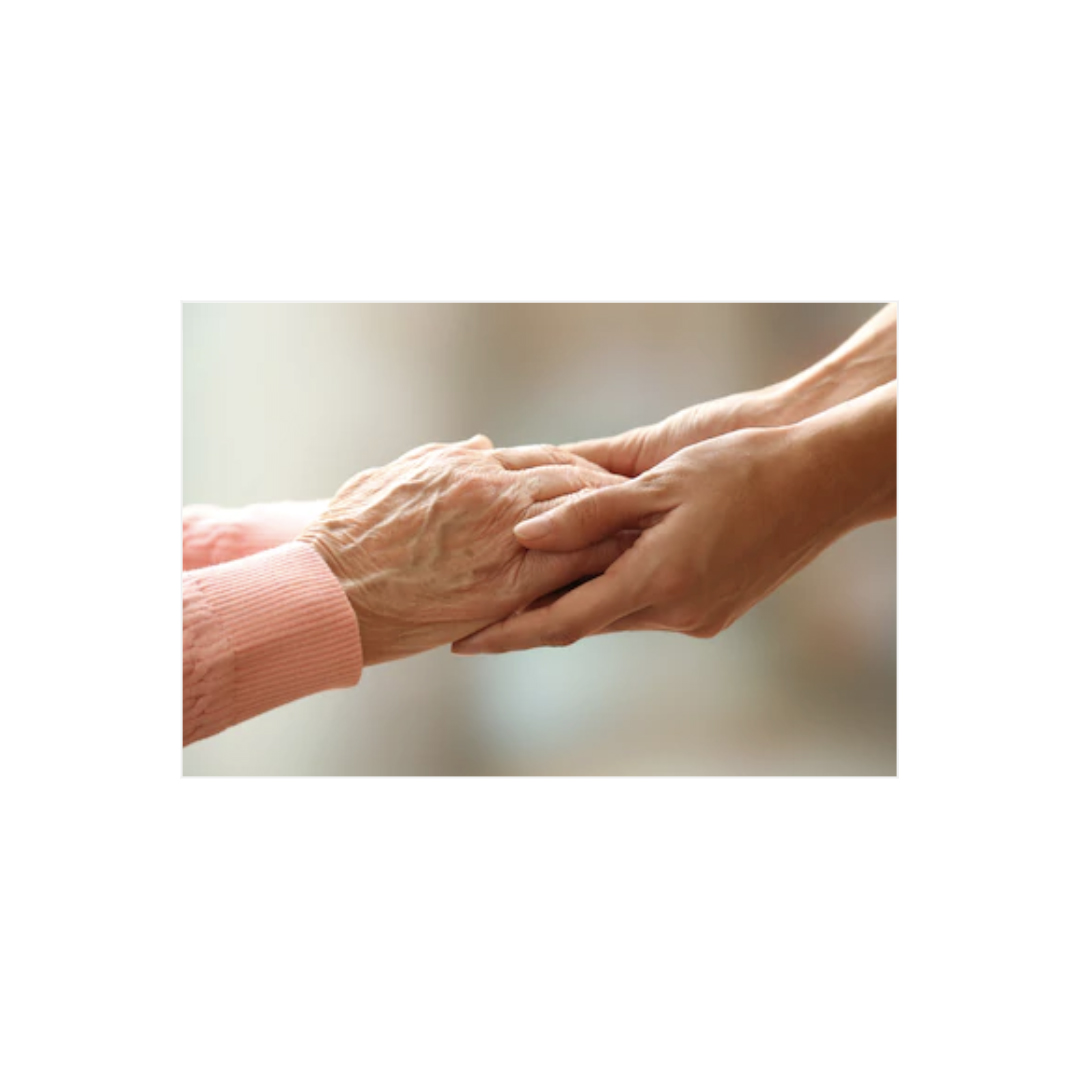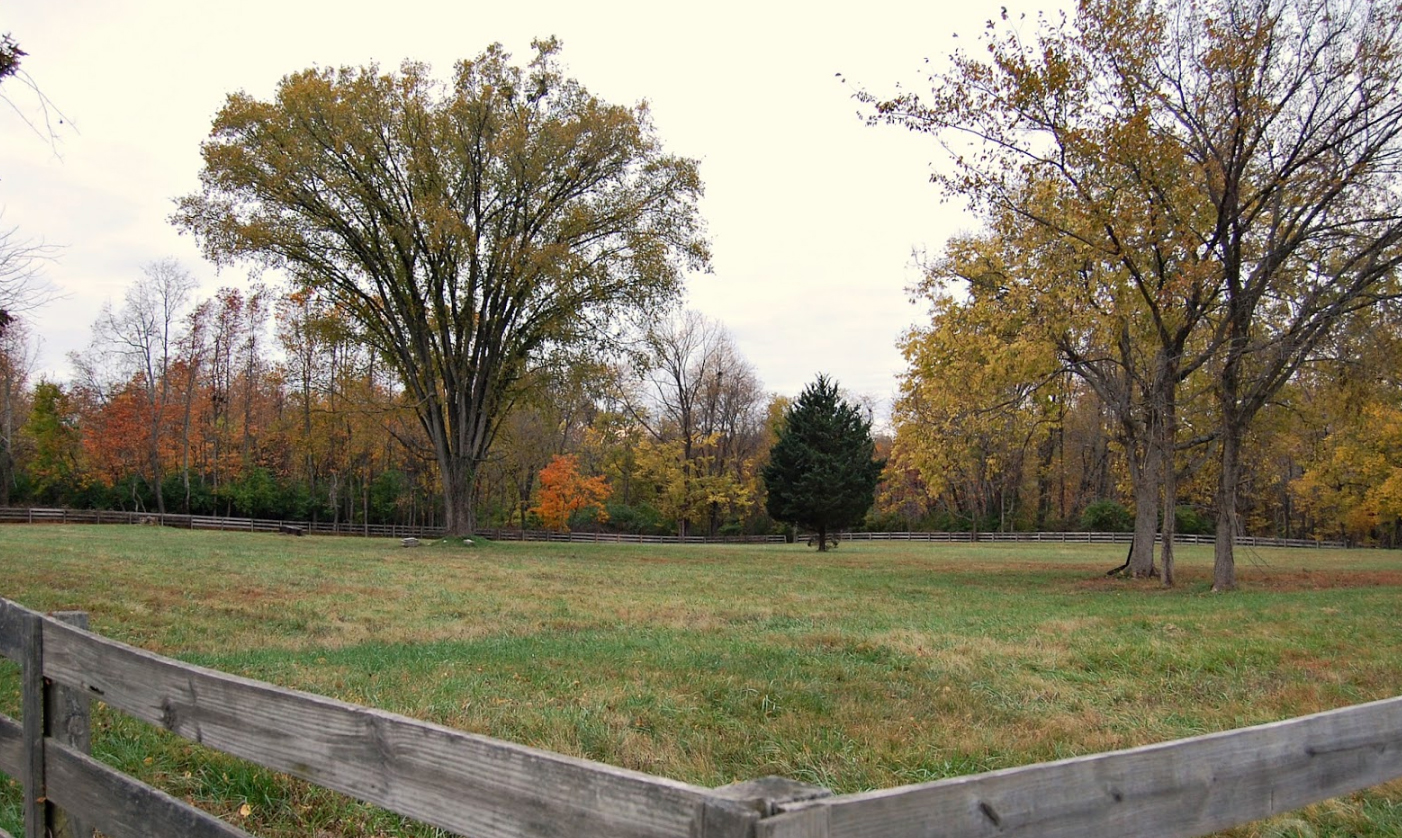Welcome to our Blog
In our blog, we share resources and information that families in our community can use to cope with their loss or better understand their grief. We also write about ways we have been involved in the community. Check out our latest posts below.

Navigating Social Security After Death
Posted on September 28, 2018 by Lifesong Funerals | Leave a comment
Posted under Uncategorized
Navigating the ins and outs of Social Security benefits can be a heavy lift, especially when the death of a loved one is a part of the equation. We’ve outlined a few of the questions we are most often asked below as well as direct contact information for the Social Security offices. Who […]
Continue Reading
Can Families Be Present During Cremation?
Posted on September 18, 2018 by Lifesong Funerals | Leave a comment
Posted under Uncategorized
Many people today are opting for cremation over traditional burial due to its numerous benefits. The simplicity and dignity of cremation, environmental concerns, and the flexibility cremation affords in ceremony planning and final disposition all add to its increasing popularity. Witnessing a cremation can be for anyone for any number of reasons. It is often […]
Continue Reading
Traveling with Cremated Remains
Posted on August 28, 2018 by Lifesong Funerals | Leave a comment
Posted under Uncategorized
Transporting cremated remains is becoming very common with the rise in cremation and families’ wishes to be scattered in a favorite place or buried in a family plot. The loss of loved ones is an emotional experience — adding in the additional stress of air travel with the ashes of the deceased can elevate […]
Continue Reading
Going ‘Green’ for your Funeral?
Posted on July 23, 2018 by Lifesong Funerals | Leave a comment
Posted under Uncategorized
There are many ways to embark on the journey to the great beyond. For most of American history, there have been a few staples we’ve come to expect of funerals: a coffin of choice, subdued flower arrangements, a grave-site burial and the traditional granite headstone. However, these staples aren’t necessarily […]
Continue Reading
What exactly is a Cremation Society?
Posted on June 20, 2018 by Lifesong Funerals | Leave a comment
Posted under Uncategorized
If you’ve made it this far you’re more than likely interested in cremation when your time on earth is over. And for good reason; cremation is much easier on your family members left with the task of arranging your funeral (which btw you should go ahead and take care of ahead of time so they […]
Continue Reading